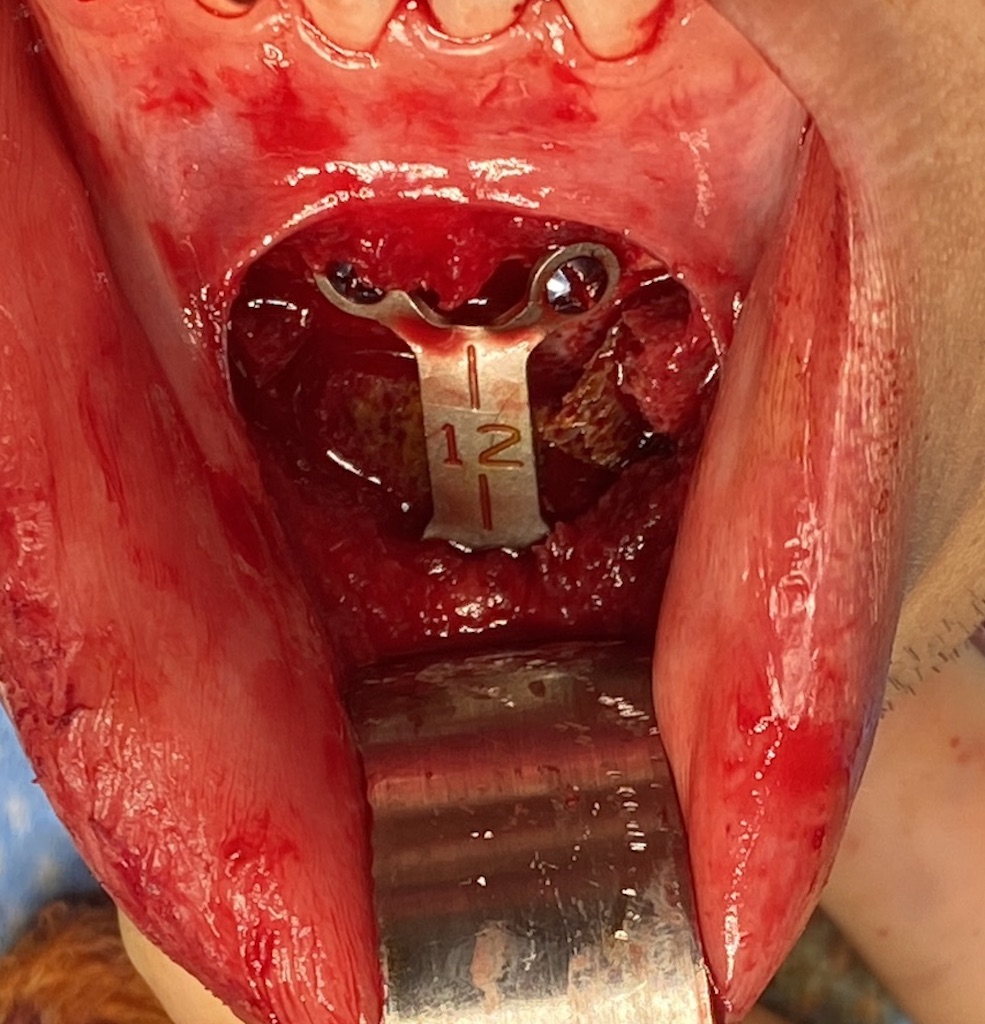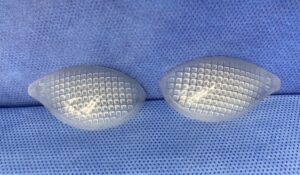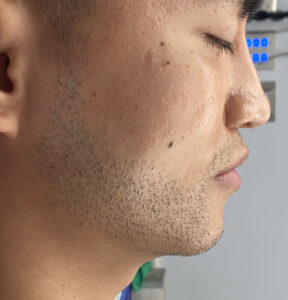Background: In facial reshaping surgery a combination of diametric structural changes are needed to improve the facial balance. The most well known facial reshaping procedure is a reductive rhinoplasty and chin augmentation, a horizontal facial shape change that is best seen in profile. Vertical facial shape changes, however, are less appreciated and often underdiagnosed. As a result how to reshape such a face is not well known.
In the vertically short face the lower third is often the culprit. Beyond a visible and measurable short subnasal to chin distance a flat mandibular plane angle is often present. Short of double jaw surgery significant lengthening of the lower face requires a vertical augmentation of the chin by osteotomy with an interpositional graft. While a custom chin implant can provide up to 7mms of vertical chin lengthening increases beyond that amount can only be achieved by lengthening the bone which will naturally carry the soft tissue chin pad down with it.
In the wide face, which is often typical in some Asian patients, there is ample cheek width at the posterior cheekbone and zygomatic arches. But there is a lack of projection of the anterior cheek and infraorbital rim area. This is part of a midface shape that lack forward projection. Most commonly nasal base augmentation to improve projection is often done. The cheek deficiency can be overlooked because it does not fit into the traditional cheek augmentation concept of adding more lateral cheek fullness/width. By shifting the position of a cheek implant, however, anterior cheek projection can be achieved.
Case Study: This male had a vertically short face with a decreased subnasale-menton distance and a flat mandibular plane angle. By moving his chin downward by moving his jaw it was determined that 12 to 14mms of vertical chin lengthening was needed for his desired lower facial enhancement. His lack of anterior cheek projection used a variety of standard cheek implants to preoperatively determine the proper location for the desired cheek projection effect.

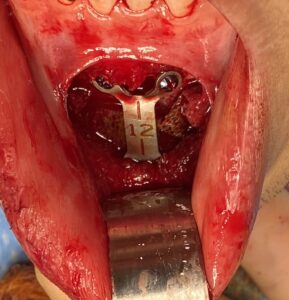
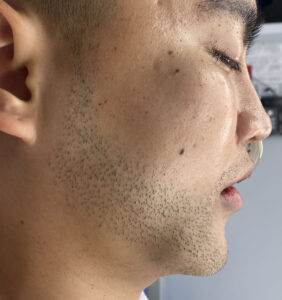
Case Highlights:
1) In the wide face that is vertically short lengthening the chin will improve the facial balance/appearance and may improve cheek contours as well.
2) Significant lower facial lengthening requires a chin osteotomy with an interpositional graft.
3) Anterior cheek implant augmentation is often what is needed to improve the wider midface that is typically seen in some Asian patients.
Dr. Barry Eppley
World-Renowned Plastic Surgeon

